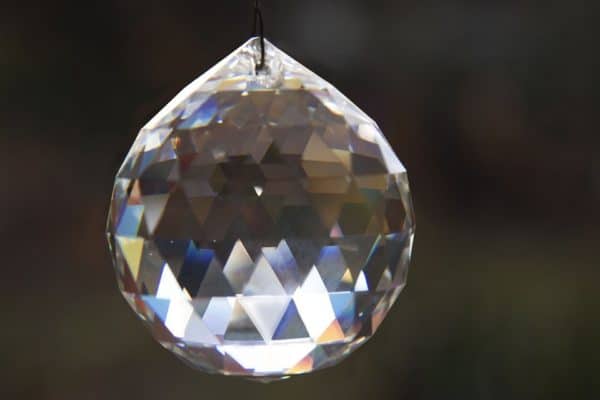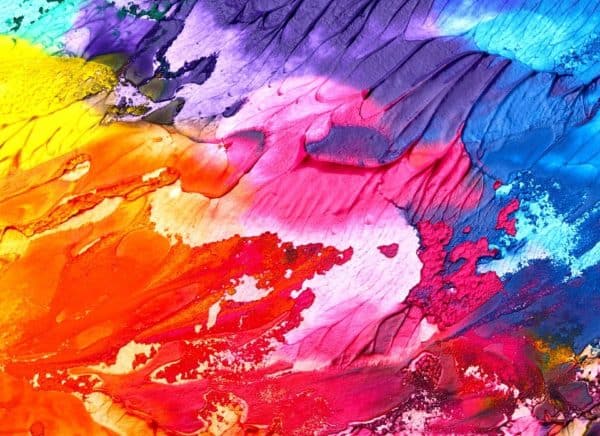Instantaneous Expertise
Great pictures can yield great PR, but they can be pretty expensive if you don’t have the resources to capture them yourself. However, technology today is making capture of the best pictures easier than ever.
You don’t need a four-year collegiate course to become a camera expert, you’ve just gotta put some time in taking pictures, seeing what works, and tweaking your output as you learn how. The way in which you focus, the kind of lenses you use, whether you go with digital solutions or traditional film—these and many other factors influence what you’re able to do with photography.
Here’s the thing: it’s all hands-on when you get right down to it. Granted, if you needed to develop photos in a lab, it’s nice to have a little guidance. You want red light, the right chemicals, the right gloves, and all those related things. You might be able to determine how to do this from an online forum, but you could hurt yourself!
Thankfully, most photography hacks today don’t require you to mess with any chemicals—unless you want to! From using transparent media to augment a photo, to backdrops which provide texture and light through reflection, to the difference in picture size from full-frame or cropped-frame, knowing a few simple things can really make you an expert. These will be explored in closer detail here.
Transparent Media
Cellophane, spheres of glass, colored windows, prisms, plastic, diodes, water, beer, soda—what do all these things have in common? Well, they’re mostly see-through, and depending on the angle your camera catches them at, they can bend light, providing some astonishing images.
If you can get a sphere of glass or something similar and take a picture through that media, you’ll flip the vista upside down in the photograph, and have something you can work with that looks practically computer generated.
With tools like photoshop, you can upload such pictures into a computer and manipulate them to create otherworldly scenes. There are not options on the market for pictures to be turned into paintings either through directed re-creation, or software.

Backdrops
Light and texture are two of the most important things in photography—among a host of many others, of course. You want texture that is pleasing to the eye. It’s rather like food consistency. If you go to “crunch” down on a piece of celery, but it’s “off”, it usually doesn’t have the right “texture”, and that makes it hard to palate. Well, it’s similar with photos.
If you’re going to have the best picture, you want to pay attention to the textures in a given scene. Something totally smooth can be boring, something too jagged and strange is unpleasant. But a juxtaposition of the two with some leafy tree in the middle can be gorgeous.
Now it’s not always possible for you to get the right kind of texture naturally, but you can split the difference through the right backdrops. Denny Manufacturing offers a number of props and backdrops which can be ideal for creating the perfect setting either for the capture of fine photographs, or the display of excellent stills you’ve managed to acquire.
Once you’ve got your texture considerations ironed out, it’s also sensible to ensure lighting is proper. The wrong backdrop materials absorb light, or reflect it too much. It depends on what you’re going for, and there’s a balance. Whatever backdrop you have will bounce back the light.

Full-Frame And Cropped-Frame
Full-frame photography refers to a 3:5 ratio, cropped frame is a 4:5 ratio. The 4:5 ratio exists in television sets and Kodak cameras, but the 3:5 aspect ratio is preferable, and conforms to Fibonacci numbers. Different lighting characterizes either, and some cameras are set up for one kind of aspect ratio, some for another.
A lot of still-life nature photographers favor the 4:5 aspect ratio—it’s naturally zoomed in a little bit more, and changes the fall of light across a given picture. Look into full and cropped-frame photography. Generally, it’s better to go “bigger”, but sometimes you can find greater utility in going smaller, depending on what your needs are.
Be A Skilled Photographer
To be a skilled photographer primarily requires passion and practice. Find what kind of pictures you like, find what kind of media through which to capture photos, determine your backdrops, and look into both full and cropped-frame techniques. These simple things can really help you hack your way into photography expertise.
 Gearfuse Technology, Science, Culture & More
Gearfuse Technology, Science, Culture & More


